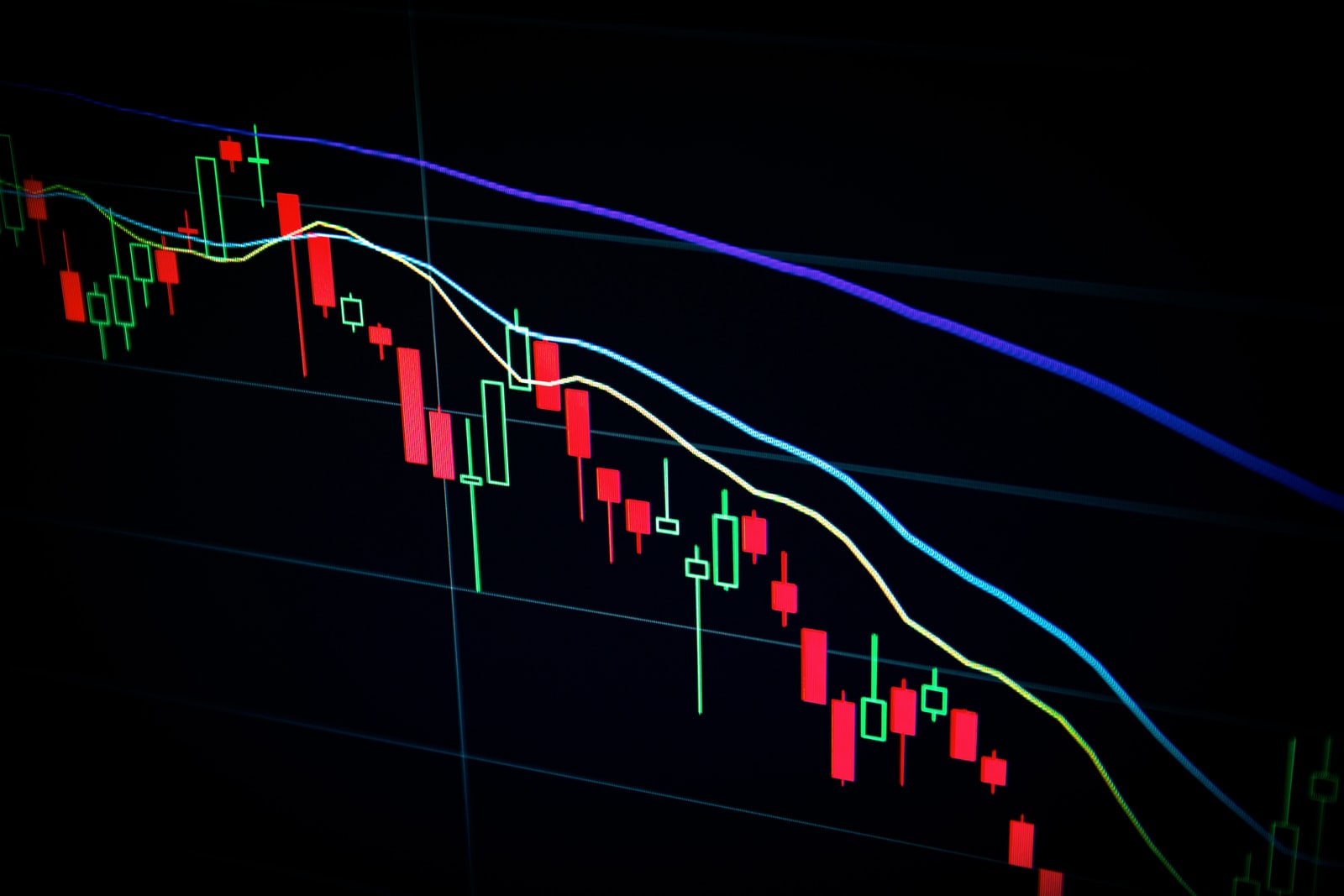According to the most recent GDP data, Germany’s largest economy has unexpectedly entered a technical winter recession, causing the euro to weaken further against the US dollar.
Buyers are finding little reason for optimism in the current risk-averse environment, with two consecutive negative quarters, the official definition of a recession.

DISCLAIMER
Trading is a high risk activity, protect your capital through the use of stop loss, making intelligent use of leverage and not investing more than you are willing to lose. The author of the post declines any responsibility for any losses incurred as a result of decisions made after reading this article. The information contained below is for informational purposes only. CFDs are complex instruments, therefore adequate knowledge is required before making any investment. Thank you for your kind attention!

Meanwhile, investors’ concerns about the US debt ceiling remain, leading to increased market jitters. The lack of a deal has prompted Fitch ratings agency to place the United States on negative watch for a possible downgrade, adding to the already tense atmosphere surrounding the ongoing debt ceiling talks.
Market participants will be watching several European Central Bank (ECB) speakers closely in the coming day to see if they address the recent German GDP report, which could potentially affect the hawkish narrative that has been prevalent recently.

The main high-impact event in the United States will be the release of US GDP figures, which will be accompanied by the Fed’s Collins.
The FOMC minutes from yesterday’s meeting did not bode well for the euro, as many officials were considering either a pause or another interest rate hike at the June meeting. Looking ahead, the possibility of additional rate hikes remains open if necessary.

This emphasizes the importance of today’s GDP figures as well as tomorrow’s core PCE price index, durable goods orders, and Michigan consumer sentiment.
Check charts at tradingview.com
Go back to Homepage.

